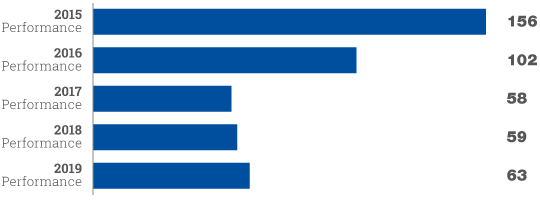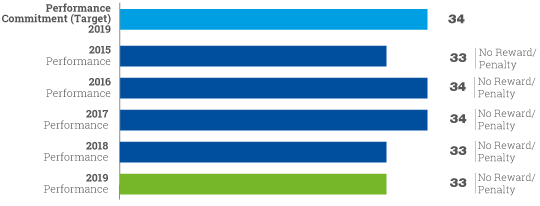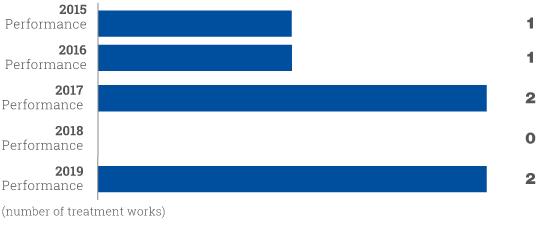
We take our responsibility towards the water environment very seriously.
We aim to have the best rivers and beaches and enhance biodiversity.
We measure our performance in three ways:
Occasionally there are problems in our water and wastewater systems that result in environmental harm to watercourses and the sea.
This can happen when untreated sewage escapes from our sewers, pumping stations and treatment works because of blockages, mechanical breakdowns and power outages.
They can also occur when we have burst water mains on our supply network, meaning chlorinated water enters the environment, or from discharges at a water treatment works.
Incidents are categorised by the Environment Agency, depending on their seriousness – with 1 being the most serious and 3 meaning there is minimal impact. Our aim is to avoid pollution.
A major pollution management programme we began three years ago has significantly reduced the number of incidents we experience.
The number of Category 3 incidents reduced from 156 in 2015 to 58 in 2017. Our strong performance in this area means we are leading the industry by a significant margin.
While incidents from wastewater continue to be low, we have seen an increase in those caused by our water treatment and supply networks. This has resulted in a slight increase in our overall 2019 Category 3 number with 63 incidents.
Our zero-tolerance approach to pollution continues and we are committed to continuously learning and improving our performance.

Three-year average
Our target for the number of pollution incidents is based on a three-year average.
Our pollution target was 115 incidents between 2017-19 and we have beaten that, we had 60.
This has earned us a reward of £272,000.

Our bathing waters (sea water at the region’s beaches) continue to be among the cleanest in the country.
Under the bathing water regulations, popular or ‘high amenity’ beaches, are designated as bathing waters and classified every year as either: Excellent, Good, Sufficient or Poor.
These classifications are linked to the levels of bacteria measured in sea water during the bathing season (May-September). Sufficient is the minimum acceptable standard.
As seawater quality can be affected by a number of sources, such as run-off from agriculture, seabirds and urban pollution, we work in partnership to make improvements and maintain standards.
We again attained a very high percentage of Excellent (25) and Good (8) bathing waters, with some of best results in England and Wales.
However, Cullercoats bathing water in North Tyneside had deteriorated from Good in 2016, to Sufficient in 2017, and has been classified as Poor for 2018 and 2019. We are working with the Environment Agency and local authority to understand the reasons for the decline in bathing water quality at Cullercoats.
Since September 2017, an extensive investigation programme has ruled out a number of potential factors. We remain committed to working with our partners to improve the seawater quality at Cullercoats and have budgeted for more investigations in 2020/21.
We’ll continue working with our partners for the benefit of our beaches. This includes making sure signage is in place under the Environment Agency’s Pollution Risk Forecasting system.
Our target was to help all 34 of our region’s bathing waters to be rated as Sufficient or better for 2015-20. In 2019/20 we achieved at least this standard for 33 beaches (see the explanation above).
We did not achieve a financial reward or a penalty.


Our Sewage Treatment Works (STWs) treat wastewater from homes and businesses so that it can safely be returned to the environment: to rivers or the sea.
Before it can be returned, this wastewater must comply with strict permits. Compliance is assessed by taking regular samples which are analysed for the concentration of chemicals present including phosphorous and ammonia.
Compliance is then reported annually (on a calendar year basis) by the EA, and forms part of its Environmental Performance Assessment (EPA).
We have a very strong discharge compliance record for our numeric STWs which is an area where we have held an excellent industry position. Our performance in 2018 for STW discharge compliance was zero. This has been an extremely stretching target to maintain, and we have experienced a number of challenges including third party influence, and extreme weather events.
During 2019, permitted concentrations were breached at two STWs (out of a total of 159). One of these failures related to an issue with a third party disposing of unauthorised trade effluent into the sewerage network.
Subsequently, in late December 2019, complications were encountered with a batch of samples relating to a further three STWs. In addition to the ‘real’ samples taken from our STWs, each batch of samples contains a number of quality control samples, of known concentration, which are used to check that the laboratory analysis process is producing accurate results. On this occasion, however, the results for the quality control samples were outside the strict tolerances required by our laboratory accreditation for one parameter, biological oxygen demand (BOD). This meant that the results for the real samples from the three STWs could not be relied upon for this one measure and were null and void (although everything strongly indicated that had the analysis process worked accurately that these samples would have comfortably passed their BOD consent targets). All other parameters were passed comfortably. These occurrences are not uncommon and form an important part of the routine laboratory quality control procedures to ensure strict standards are maintained. Ordinarily, had this occurred earlier in the year, additional samples would then be taken and the analysis repeated, something the EA reporting requirements make allowance for. On this occasion, however, due to the fact that this occurred in late December, there was no time remaining in the reporting year to re-sample, and hence the EA classifies these as ‘missing samples’ which by default are classified as failures.
As a result, the EA intends to report five failing STWs for NWL for 2019, in the next iteration of its EPA, which will have a detrimental impact on NWL’s rating. We are understandably disappointed with this outcome which is not reflective of the impact that our sewage treatment operations have had on the environment.
The reporting definition for the corresponding performance commitment, however, stipulates that ‘technical failures’ should not be counted. The EA has confirmed that the three additional failures are technical in nature hence we are reporting only two failing works against the performance commitment.
Three-year average performance
Our target for sewage treatment compliance is based on a three-year average.
During the period 2017-19 no reward or penalty has been attributed to performance on this measure.

WHITBURN SPILLS REDUCTION
During 2015-20 we had a specific target to reduce spills at Whitburn in our Northern operating region.
In December 2017 we completed an £8million investment in Sunderland that reduced the amount of times that storm water discharges into the sea at Whitburn Steel sewage pumping station and into the River Wear near to St Peter’s Church.
The scheme has successfully delivered the benefits it set out to achieve with a reduction in the number of spills. It has also provided sustainable green spaces for people to enjoy and valuable wildlife habitats.
We help to improve the quality of rivers and coastal waters for the benefit of people, the environment and wildlife
The following updated measures will be used throughout 2020-25:
- Pollution incidents
- Bathing water quality
- Treatment works discharge compliance
New measures introduced will cover:
- Abstraction Incentive Mechanism (AIM)
An idea developed, could be transformed into a reality.
The concept for ‘Dragonfly’ – a device to help protect the North East’s watercourses and improve rural internet connectivity at the same time - came from our 2019 Innovation Festival.
‘Dragonfly', initially developed during an environmental challenge facilitated by global IT and business consulting company, CGI, aims to collect real-time information such as temperature, quality, flow and depth, from the regions' watercourses, through the use of water sensors.
To help us get the ‘Dragonfly’ concept off paper and turned into a working prototype, we teamed up with The Water Hub – a partnership between Durham University, Durham County Council, the Environment Agency and CGI, to find suitable inventors and creators to build the invention on their behalf.
Digital fabrication company, FabLab Sunderland, have been appointed and they will digitally design the idea and bring it to life using 3D printers and laser cutters. They are currently exploring the best options for creating ‘Dragonfly’ – including the water sensors and communications technology that will collect and monitor real-time information from rivers and streams, as well as enhancing wireless connectivity.
Information collected by ‘Dragonfly’ will help us manage our water and wastewater network. It will also help other organisations make decisions about water safety and how catchments are managed.
The aim is for a number of different sensors placed in rivers and streams to form a mesh concept, linking multiple units together with 5G and creating a physical network of wireless connectivity for the benefit of rural communities.
